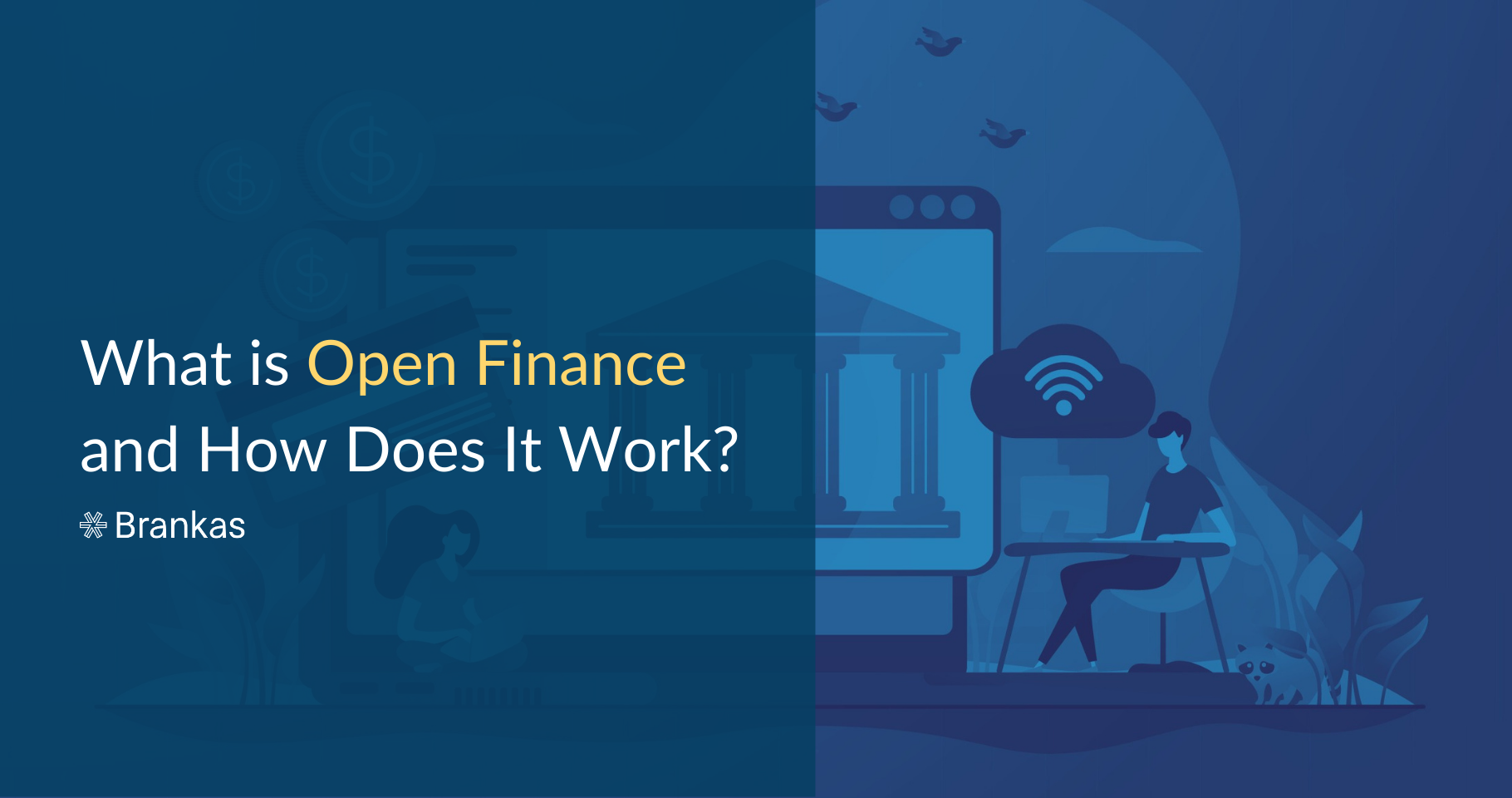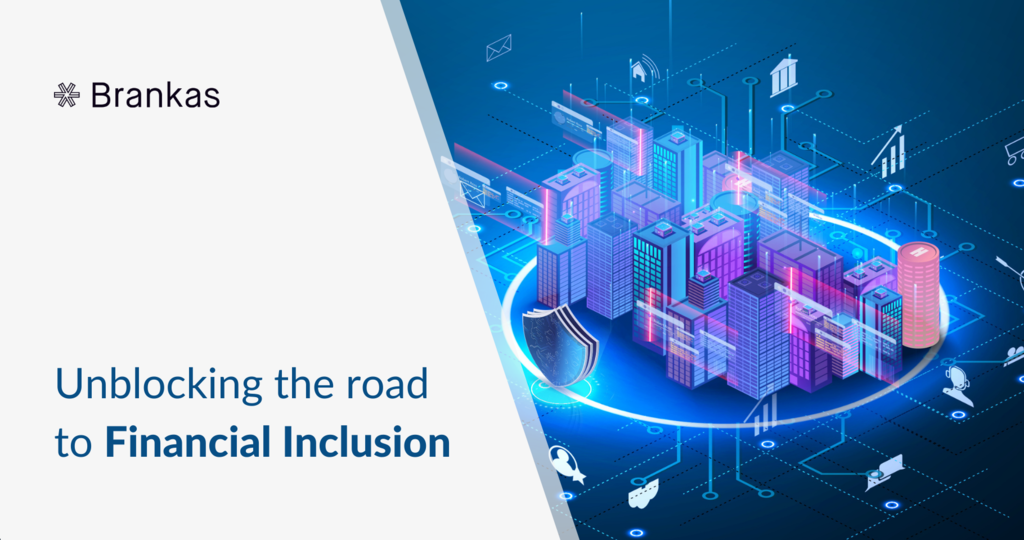Many organizations and individuals face inadequate financial services. This inadequacy can have severe implications as it can hinder financial literacy for individuals and business growth for companies. On the other hand, financial inclusion can result in a more productive economy. But what is financial inclusion?
The state of financial inclusion exists when everyone has access to various financial products and services, including vulnerable sectors. These often excluded sectors include MSMEs (micro, small, and medium enterprises), startups, the agriculture industry, and low-income populations.
Access to financial services and products isn’t the end-all and be-all of financial inclusion. Without quality in such services, addressing the varied requirements of those who need them will be challenging.
Why Does Financial Inclusion Matter?
Financial inclusion is not just about giving financial access to individuals and organizations but also about helping them achieve their long-term needs. For example, accessible banking enables unbanked persons to open an account and save for retirement or emergencies. Meanwhile, MSMEs—which generated 64.67% of the Philippines' employment in 2021—can expand their organization.
However, according to the Financial Inclusion Steering Committee (FISC), the lack of financing and capital is one of the most significant obstacles for MSMEs, making financial inclusion vital for economic growth.
What are the Main Obstacles to Financial Access?
While stakeholders recognize the importance of financial inclusion, understanding the challenges is crucial to attaining this inclusive state. Here are some obstacles that hinder financial inclusion.
1. Lack of access to financial institutions
One of the most prominent challenges to accessing financial services is the limited availability of financial firms.
Based on the FISC study, an area’s population and income level can highly influence financial institutions' presence—or the lack of it—in that particular location. Specifically, financial firms are more accessible in higher-income and densely populated areas.
However, lower-income regions with sparse populations don’t have the same accessibility. This scenario makes availing of the proper financial services and products unfeasible, negatively affecting the economy as some populations lag.
2. Infrastructural gaps in the country
Adequate infrastructure can drive economic growth, so it’s no surprise that it also plays a vital role in financial inclusion. Therefore, infrastructural gaps may hinder this goal.
Beyond a lack of infrastructure for brick-and-mortar banks, inadequate telecommunications infrastructure may affect the availability of digital financing services. For example, telecom companies cannot cater to far-flung areas their towers can’t reach.
These factors can delay the creation and delivery of innovative banking products and financial services to communities and consumers.
3. Lack of support systems
Again, MSMEs are critical for the country’s economic development due to the employment opportunities they create. However, financing and capital are significant obstacles these businesses often face. Moreover, the lack of support systems like guarantee programs and credit information systems may exacerbate the effects of this obstacle.
According to the Tech for Good Institute, small businesses often do not have “conclusive credit history or records required for formal loans.” Due to this, over 60% of Southeast Asian MSMEs encounter difficulties acquiring loans to finance their businesses.
4. Lack of trust and awareness regarding financial institutions
Among vulnerable sectors, many might not be knowledgeable about taking advantage of financial services or products suitable for their resources. As such, they forgo availing of saving, insurance, or investment products that can help them secure their financial goals.
Also, the FISC reports that the formal setups of banks and other financial firms tend to intimidate 31% of unbanked persons, especially if they have not transacted with them. The perceived high costs of banking services have discouraged many of them, too.
How Can We Improve Financial Access?
1. Encouraging structural reform
To effectively provide access to innovative banking products and financial services, policy development and implementation should be the starting points.
Thankfully, organizations like the Asian Development Bank lends support through the Inclusive Finance Development Program (IFDP). The IFDP is a public policy loan that empowers local banks to modernize their banking services through digitalization.
ADB’s partner in this project, Agence Française de Développement (AFD), also works with the Rural Bankers Association of the Philippines (RBAP) in training, building the capacity, and raising the awareness of the rural banking sector toward digital banking systems as part of financial inclusion efforts for the underserved populations in the country.
With public policies supporting innovation in the finance sector, others can follow suit.
2. Modernizing rural banks
Rural banks are financial institutions that cater to small-scale businesses in local communities. These financial institutions play a crucial role in breaking boundaries, allowing underserved areas to avail of banking services. However, there is still a need to improve these institutions.
With the rise of technology, many have shifted to a more digitized form of banking. This shift has made it necessary for rural banks to catch up through modernization.
By adopting new banking technologies into their operations, such as banking-as-a-service, rural banks can compete with other industry players. In particular, they can increase efficiency with reduced costs and provide better service to their target markets.
3. Innovative products and services
Fintech’s contributions to the industry include accessible banking services, which make transactions easier and processes quicker. Adding more innovations can facilitate a quicker transition toward financial access for all.
For instance, APIs can give way to open banking that can help vulnerable sectors manage their finances, starting with opening accounts via mobile devices.
Plus, APIs’ secure financial data sharing enables open finance, which can help banks design products and services that best suit their customers' needs.
Unblocking the Road to Financial Inclusion
Accessible financial services and products have become crucial in boosting a nation’s economy. It doesn’t just help businesses grow and create opportunities. This inclusivity also allows individuals to achieve long-term financial goals that can help with personal finance advancement.
However, the road to financial inclusivity is long. But understanding the challenges and having concrete plans to address them can help eliminate these roadblocks and mobilize nations toward financial access to all.
Reach out to financial service providers like Brankas to start navigating a financially inclusive future. Learn how our Open Finance Suite can help you.


